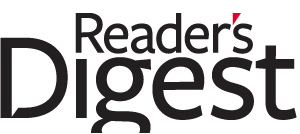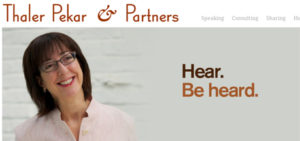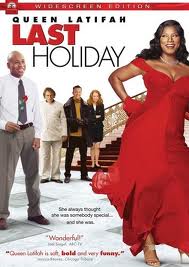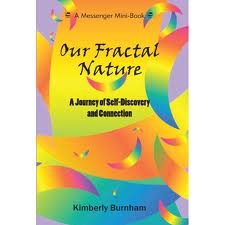When I read Michael Margolis’s recommendation to “flip the script” on a certain kind of story, I wondered if that suggestion should apply to accomplishment stories told in the job search.
Even before storytelling was recognized as a significant technique for job- search communication, the standard formula for job-search stories was (and remains) Problem (or Situation or Challenge) –> Action –> Result.
search communication, the standard formula for job-search stories was (and remains) Problem (or Situation or Challenge) –> Action –> Result.
I’ve suggested in my book, Tell Me About Yourself (beginning on bottom of page here), flipping the script in the case of resumes. I recommend telling accomplishment stories backwards in a resume (Result –> Action –> Problem) because the result needs to quickly grab the eye of the reader rapidly scanning the resume.
In Inside the Storytelling Matrix, Part 1: Problem and Paradox, Michael also says to subordinate the Problem, but for a different reason:
By declaring your problem in full, scary and vividly complex detail, you just remind us that things can kind of suck. If you lead with doom, chances are you’ve already lost. … We already know the world is full of problems. So many that we often go through our day trying to tune them out as best as possible.
Instead, Michael says, we should “Start by describing the positive truths about what already exists and what you know is possible.” Then, he recommends, create tension by describing the obstacle that stands in the way of the possible.
However, I think the kind of story he’s talking about is different from an accomplishment story that a job-seeker might tell in an interview. He’s talking about a story intended to spark organizational change or change people’s behavior — a story akin to the Springboard Story Steve Denning describes: “… a story that enables a leap in understanding by the audience so as to grasp how an organization or community or complex system may change.”
One instance in which I can see how to use this type of story in the job search is when the job-seeker is targeting a very specific employer need or problem and is proposing being hired to address that need to solve that problem. He or she may even be trying to create a job where one did not exist.
Let’s take an example directly from Michael’s post:
Positive truth about what is possible: Social media is transformating the flow of information and power.
Paradox/Obstacle: [Yet] most people still don’t know how to use social media mindfully and purposefully.
Here, the job-seeker could describe how he or she could use social media mindfully and purposefully for the employer (and/or train others to do so) and tell how he or she has done so for other employers.
(By the way, Michael wasn’t the only one to use the term “Storytelling Matrix” this week. The folks at Story Worldwide also used it in this video in a way that is very different from Michael’s usage.)
 from time to time, I’ve referenced Reader’s Digest as one of the major influences on my passion for story.
from time to time, I’ve referenced Reader’s Digest as one of the major influences on my passion for story.








